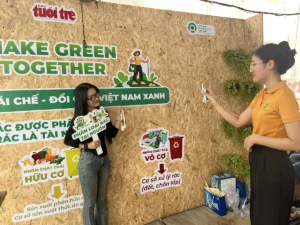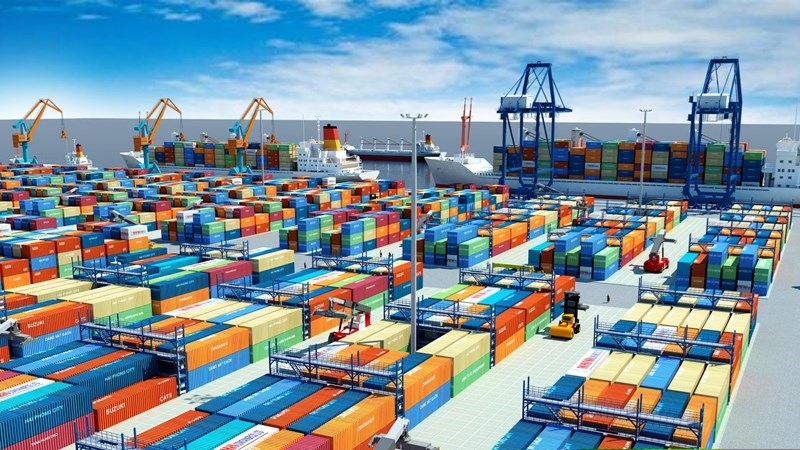New regulations from the market are one of the biggest challenges for export businesses this year.
Export challenges in 2025
The Ministry of Industry and Trade has set the export growth target for this year compared to 2024 at around 10-12% compared to 2024. 12% means that export turnover must increase by 4 billion USD each month. This is not a small number.
In particular, 2025 will be challenging, especially in Vietnam’s two major export markets. The European Commission will consider increasing the list of goods subject to the Carbon Border Adjustment Mechanism (CBAM), the EU Deforestation Prevention Regulation (EUDR) and many new regulations on agricultural products. Meanwhile, the US market is also expected to be unpredictable due to fluctuations in trade policy when entering the new presidential term.
Mr. Frederic Neumann – Chief Economist of Asia – Pacific Economic Research – HSBC Bank said: “The challenges for Vietnam’s exports in 2025 can be forecasted through some key markets. Consumer spending in the US may slow down a bit. Manufacturing activities in Europe also decrease. Therefore, some key indicators that we are looking at show that the trade cycle will cool down. Of course, these fluctuations will also more or less affect Vietnam’s exports”.
Quality improvement – Driving force for exports in 2025
With the new challenges this year, the Government’s direction is to innovate, improve quality, and increase motivation for the three pillars of national growth, including exports. Businesses also believe that the faster and better the ability to meet new requirements, the more opportunities Vietnam’s exports will have to change in quantity and quality.
New regulations from the market are one of the biggest challenges for exporting businesses this year. For example, in February the EU will adjust regulations on pesticide residues in imported fruits. The best way to overcome barriers is to learn the rules of the game and look for opportunities.
Mr. Vincent Gothknecht – Chief Representative in Vietnam – I. Schroeder KG Company (Germany) commented: “We have discussed this issue with Vietnamese partners and they can all comply with these new regulations. In fact, many countries in the region have not been able to follow strict European regulations. Therefore, this is a very good opportunity when many buyers from the EU can choose Vietnam as a destination to buy quality agricultural products”.
Meanwhile, for textiles, the shift of orders from some countries to Vietnam, especially orders from China, is a good sign, but to grasp the opportunities within reach, businesses need to be “greener”.
“Orders tend to move to Vietnam, but that is not necessarily a big opportunity for businesses if we do not prepare from the beginning. Because the standards of buyers in Europe, the US… In Europe, many laws have been introduced to reduce carbon footprints,” said Ms. Nguyen Thi Lien – Deputy General Director of PPJ Group.
The Ministry of Industry and Trade believes that diversifying export promotion solutions and especially diversifying markets to avoid dependence on just a few markets will help businesses achieve this year’s growth targets.
In the immediate future, the Ministry of Industry and Trade will resolutely implement solutions such as urging the EU to soon remove the IUU yellow card on Vietnam’s seafood exports. At the same time, it will build policies and frameworks to create favorable conditions for Vietnamese enterprises to penetrate the Halal food market, new markets from the Middle East, Africa, etc.
















